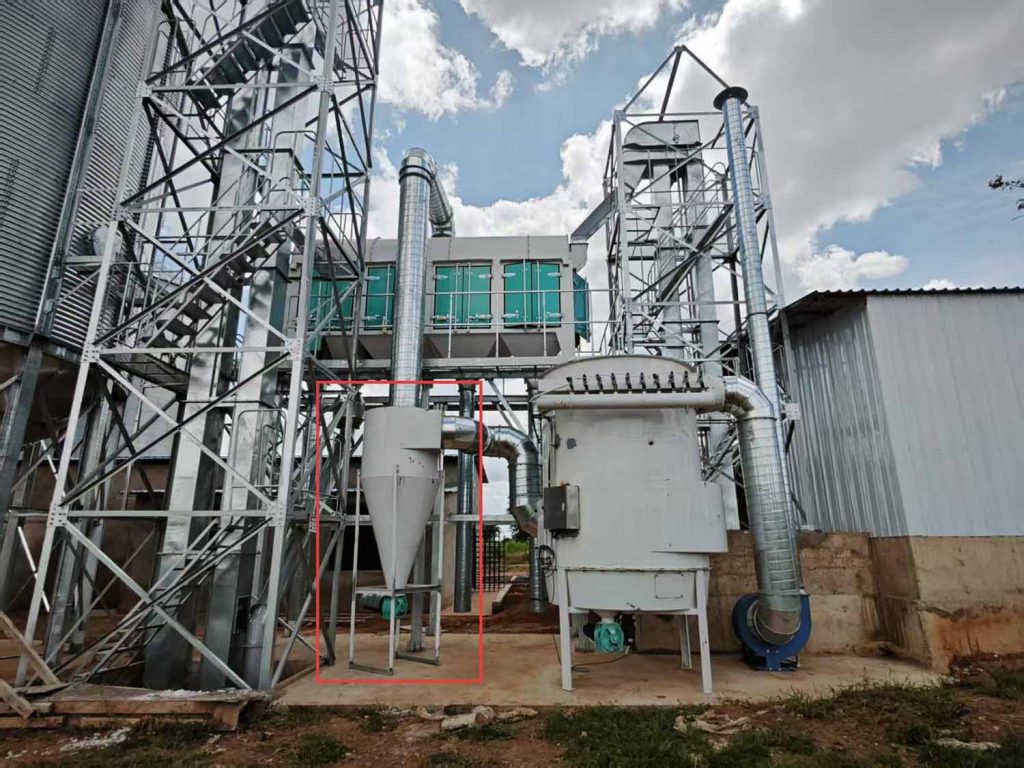The working principle of cyclone dust collectors determines their dust removal efficiency. It also affects their performance in different application scenarios.

Overview of Working Principle
Cyclone dust collectors operate using rotating airflow and centrifugal force. Their core function separates dust particles from dirty gas. They use high-speed rotating airflow for this separation. The process involves several key steps below.
Air Intake and Rotation
Dirty gas enters the collector through the inlet pipe. It usually flows tangentially into the cylindrical body. This tangential entry creates strong rotational motion inside. The collector's geometric design optimizes rotation speed and path. This ensures sufficient centrifugal force generation.
Centrifugal Force Action and Dust Separation
Rotating motion forms inside the collector with dirty gas. Dust particles then experience centrifugal force. Force strength depends on rotation speed and particle mass. It also relates to radius. Larger particles have greater mass. They receive stronger centrifugal force. Therefore, they move toward the wall more easily.
Dust Deposition and Discharge
Particles thrown to the wall move downward along it. They finally settle at the collector's bottom. The discharge device removes these deposited dust particles. Cleaned gas flows upward through the central part. It exits from the top.
Working Principle Details
Airflow Rotation Path
The internal airflow path design is very important. Airflow forms outer and inner vortices after entry. The outer vortex flows downward along the wall. The inner vortex carries cleaned gas upward centrally.
Centrifugal Force Optimization
Centrifugal force strength directly affects dust removal efficiency. Optimizing the collector's geometry improves rotation speed. This enhances centrifugal force action. For example, smaller cylinder diameter increases rotation speed. Larger cone angle also helps. These improvements raise dust removal efficiency.
Dust Particle Separation Efficiency
Separation efficiency closely relates to dust particle size. The collector removes large particles very effectively. Efficiency often exceeds 90% for them. However, efficiency decreases for smaller particles. Therefore, designers must optimize according to dust characteristics.